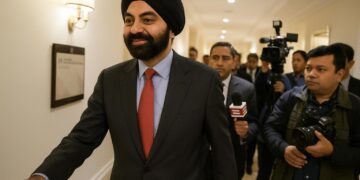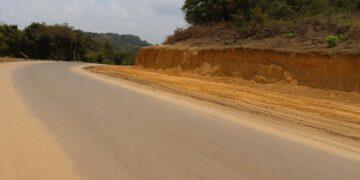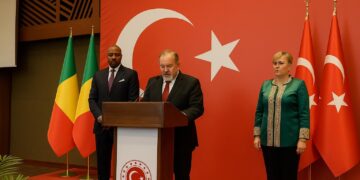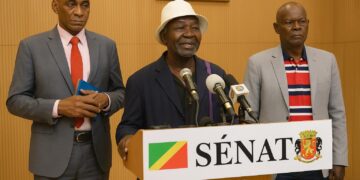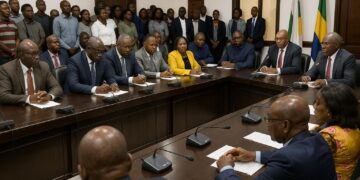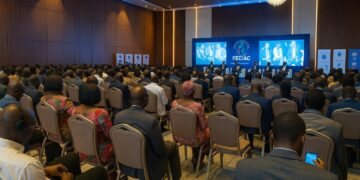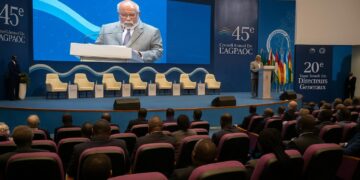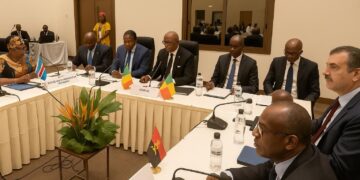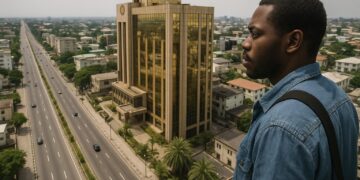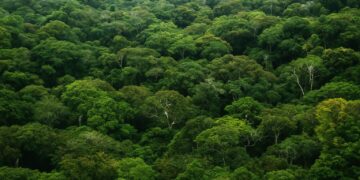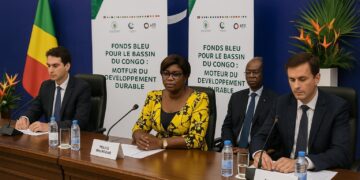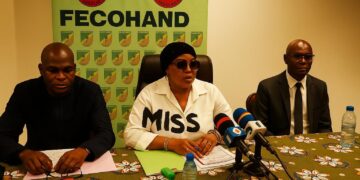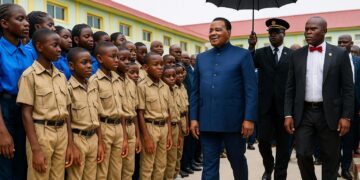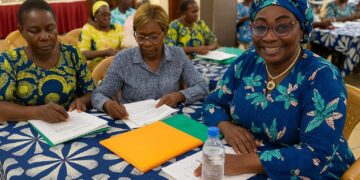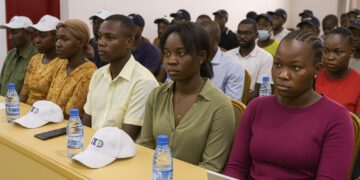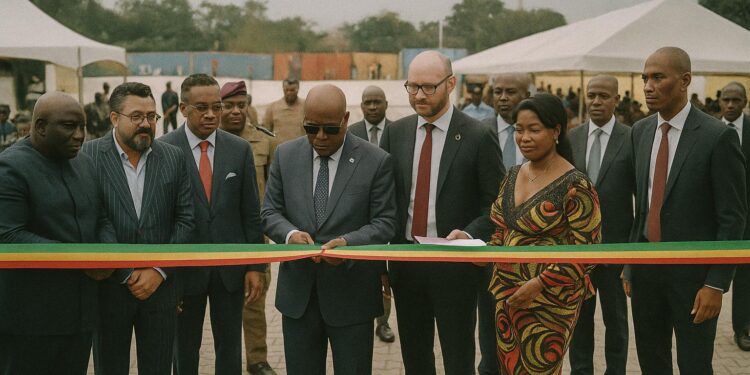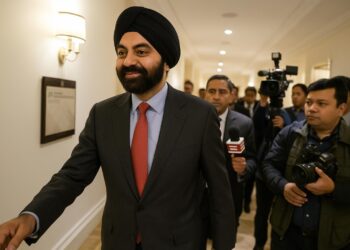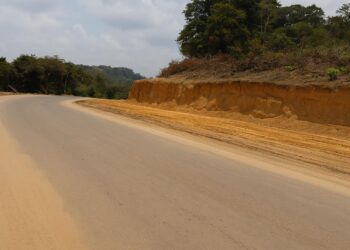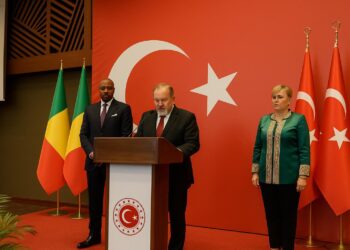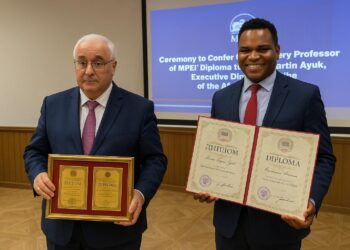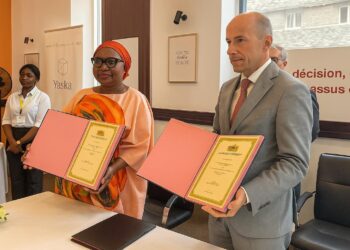Strategic Warehousing Bolsters Grid Resilience
The provisional hand-over of two purpose-built storage complexes in Brazzaville’s Itatolo district and Pointe-Noire’s Mongo-Kamba II marks a discreet yet consequential pivot in Congo-Brazzaville’s energy governance. Minister of Energy and Hydraulics Emile Ouosso, flanked by senior cabinet colleagues, framed the 2.5-billion-CFA-franc investment as an inflection point: by safeguarding transformers and gas-insulated components in climate-controlled hangars, the state utility—Énergie Électrique du Congo (E2C)—may now deploy critical replacements within hours rather than weeks. In a grid where two thirds of unplanned outages trace back to delayed spare-parts logistics, the operational dividend is potentially transformative.
A Franco-Congolese Financial Architecture
The new infrastructure is underwritten by a 70-million-euro sovereign loan from the Agence Française de Développement, embedded in a wider priority-investment plan originally signed in 2015 and recently extended to 2027. According to AFD country director Maurizio Cascioli, the arrangement exemplifies ‘patient capital aimed at structural impact rather than episodic repairs’. Complementary support is expected from the African Development Bank’s Regional Integration Strategy (AfDB 2023) and a forthcoming International Development Association window earmarked for Central African grid interconnection (World Bank 2022). The Congolese treasury negotiators secured a 20-year amortisation schedule, cushioning fiscal pressure while preserving policy space for parallel social-sector spending.
Operational Upswing and Digital Oversight
Technically, each site hosts a 1,000-square-metre bay for high-voltage transformers and a 983-square-metre zone for equipment containing sulphur-hexafluoride or other specialist gases. Barcode-driven inventory software, deployed with guidance from Électricité de France consultants, allows E2C engineers to geolocate a spare within seconds. Senior maintenance officer Marie-Jeanne Ngouabi notes that ‘what used to be a paper chase across multiple depots is now a tablet-based workflow with 24-hour audit trails’. Early simulations suggest mean-time-to-repair along the Brazzaville-Pool axis could drop by 30 percent once the system is fully integrated with the national dispatch centre.
Governance, Security and Community Interface
Infrastructure integrity remains a delicate issue in parts of the republic that experienced grid sabotage during the 1990s civil disturbances. Drawing lessons from that era, the new facilities incorporate perimeter surveillance, biometric access and a community outreach protocol led by local authorities. Djiri district official Guy Roger Embongo, invoking a shared civic duty, pledged neighbourhood watch support to deter vandalism. The approach aligns with recent United Nations Development Programme guidance that situates community engagement as a first-line defence for critical assets (UNDP 2021).
Rehabilitating the 110-kV Backbone
Parallel to the warehousing project, reconstruction of the 110-kilovolt Moukoukoulou–Mindouli transmission corridor is advancing, financed under the same AFD envelope. Field engineers report that new steel lattice towers now dot a 60-kilometre stretch formerly plagued by conductor hot-spots. Once commissioned, the corridor will channel hydro-generated power from the Moukoukoulou plant to the southern industrial belt, reducing diesel-based back-up generation by an estimated 15 million litres annually, according to ministry modelling. Such carbon savings dovetail with the government’s updated Nationally Determined Contribution submitted to the UNFCCC last year.
Regional Energy Diplomacy in the Making
Brazzaville’s warehouse strategy is not merely a domestic housekeeping exercise; it is a prerequisite for credible cross-border trading under the Central African Power Pool architecture. Reliability metrics demanded by prospective partners—Cameroon, Gabon and the Democratic Republic of Congo—assume a stable stock of replacement parts for contingencies. By demonstrating logistical readiness, Congo positions itself as an anchor supplier and transit hub, a role that could yield foreign-exchange revenues while advancing regional electrification targets endorsed by the African Union’s Agenda 2063 (AU Commission 2022).
Balancing Debt Sustainability and Developmental Pay-offs
From a macro-fiscal vantage point, the AFD loan constitutes public debt, yet Moody’s recent affirmation of Congo’s outlook at B3 underscores manageable risk, provided energy reforms translate into higher growth. The International Monetary Fund’s 2023 Article IV consultation notes that electricity bottlenecks shave up to 1.2 percentage points off potential GDP. If the warehouse-enabled maintenance regime curtails outages, productivity gains could ease the debt-service burden while expanding the tax base—a virtuous circle the government is keen to showcase in forthcoming budget dialogues.
Quiet Confidence in a Managed Transition
As a dozen dignitaries inspected the gleaming racks of transformers in Itatolo, there was little fanfare, yet the symbolism was unmistakable: a state once criticised for reactive fixes is embracing anticipatory logistics. President Denis Sassou Nguesso’s administration, mindful of investor sentiment, appears determined to anchor its development narrative in tangible infrastructure wins rather than promises. Whether the new warehouses become footnotes or cornerstones will depend on sustained management discipline, but for now, diplomats and rating-agency analysts alike read the gesture as a calibrated step toward grid reliability and, by extension, economic diversification.


